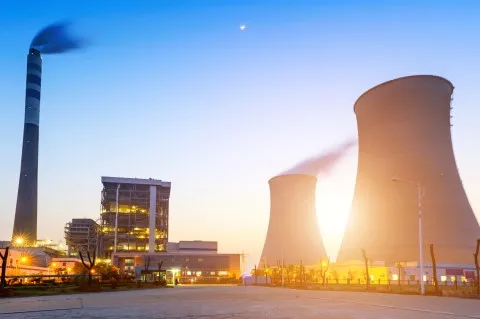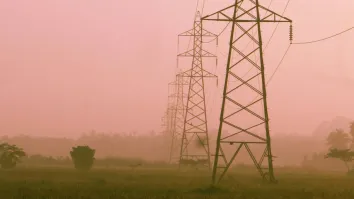
490MW Ichthys LNG-fired power plant in Australia gets fired up
It will be fully operational in 2018.
Enerdata reported that Inpex has initiated the start-up of the 490 MW LNG-fired onshore combined cycle (CCGT) power plant linked with the Ichthys LNG project in Western Australia (Australia) and the facility will enter the commercial power generation phase later in 2017.
When fully operational in 2018, the Ichthys LNG liquefaction project will have the capacity to produce up to 8.9 Mt/year of LNG. The project owners are the Japanese oil and gas company Inpex (62.24%), Total (30%), Tokyo Gas (1.57%), Osaka Gas (1.2%), Kansai Electric (1.2%), JERA (0.735%), Toho Gas (0.42%) and CPC Corporation Taiwan (2.62%). The project cost is estimated by Inpex at US$34bn.
The article was originally published by Enerdata.



















 Advertise
Advertise







